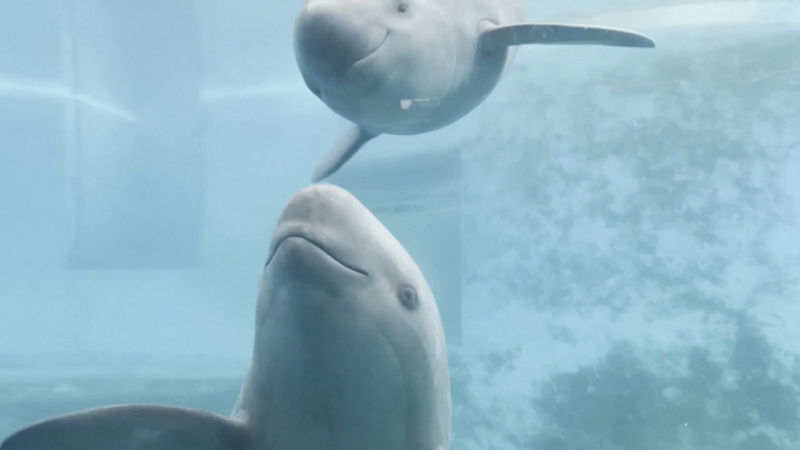Hey everyone, here’s some exciting conservation news! Researchers at the Chinese Academy of Sciences’ Institute of Hydrobiology are using advanced ultrasonic imaging to keep an eye on the unique Yangtze finless porpoise. These charming freshwater cetaceans, famous for their permanent grin and lack of a dorsal fin, now serve as a living barometer of the Yangtze River’s ecological health.
With a blend of tech and nature, artificial breeding has shown promising results. Two female porpoises are now pregnant, hinting at a hopeful future with new calves expected next year. It’s like watching a tech startup succeed in real time — only this startup is saving a treasured species! 😊
The story wouldn’t be complete without a mention of Tao Tao, the star of the Baiji Dolphin Hall and the world’s first Yangtze finless porpoise to be bred in an artificial environment. Since its birth on July 5, 2005, Tao Tao has provided invaluable insights, paving the way for more innovative conservation methods. With a network of eight natural reserves and three ex-situ conservation areas, China is setting a vibrant example of how cutting-edge science can meet nature conservation head on.
This breakthrough is a perfect reminder that when technology and passion come together, even the most critically endangered species can find a chance to thrive!
Reference(s):
Artificial breeding boosts critically endangered porpoise population
cgtn.com




